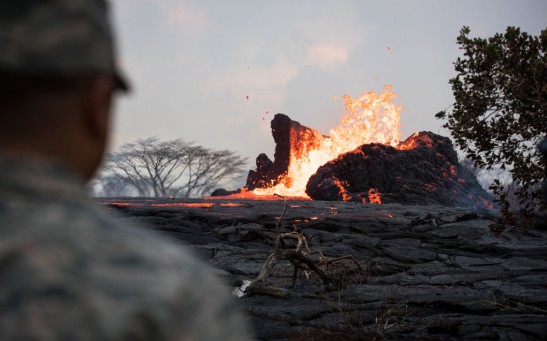volcanoes
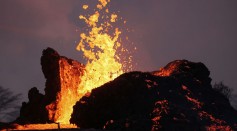
Kīlauea Origin: Analysis Suggests the World's Most Active Volcano Was Born from Pyroclastic Materials Nearly 100 Kilometers Deep
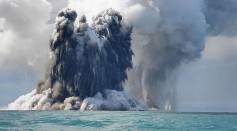
Tonga Underwater Volcano Eruption Breaks 2 Records Simultaneously — Dethrones Philippines' Mt. Pinatubo's Volcanic Plumes and Produces Major Lightning
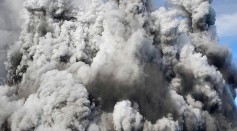
Tonga Volcano Eruption Created Almost 590,000 Lightning Strikes For 3 Days That Nearly Swallowed Neighboring Islands in the Archipelago
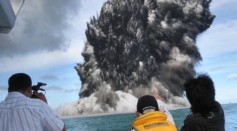
Tonga Eruption Similar to Krakatoa Volcano's Wave Pulse, Sound Frequency As It 'Ring Like a Bell' in the Atmosphere

Tonga Underwater Volcanic Eruption Hints That Large Hunga Caldera Has Awoken
Titanic Mantle Plume "Tree" Moves Magma to Earth's Surface as Imaged by Seismic Tomography
Self-Healing Earth: Volcanoes Regulate Carbon Emissions in Atmosphere, Global Temperatures; Possible Answer to Climate Change
Earth Destruction: Is This Really Possible? Black Holes, Volcanoes, Robotics May Negatively Impact the Planet in the Future
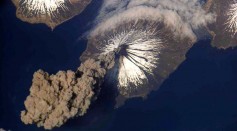
Volcanoes Simultaneously Erupting in Alaska; Report Says 3 Unusual Natural Volcanic Occurrences Have Been Recorded Since 7 Years Ago
Life on Venus: Volcanic Activities Might Explain the Presence of Phosphine in the Atmosphere
Peru's 39-Million-Years-Old Petrified Forest Gives Clues on South American Primeval History

Did Astronomers Just Recorded This Exoplanet's Tectonic Activity?
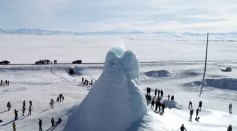
45-Feet Tall Ice Volcano Forms in Kazakhstan From Underground Spring
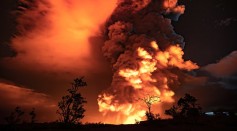
Hawaii’s Kilauea Erupts, Authorities Warn of “Significant Emission” Possibility
Most Popular

How Technology Is Changing the Real Estate Industry?

Study Reveals High Turnover in Scientific Research Careers: What This Means for Future Scientists

How a Plant-Based Diet Can Protect Against Breast Cancer: Insights from Nutrition Research

Why It's So Difficult to Lose Weight: The Biological Explanation Behind Obesity

